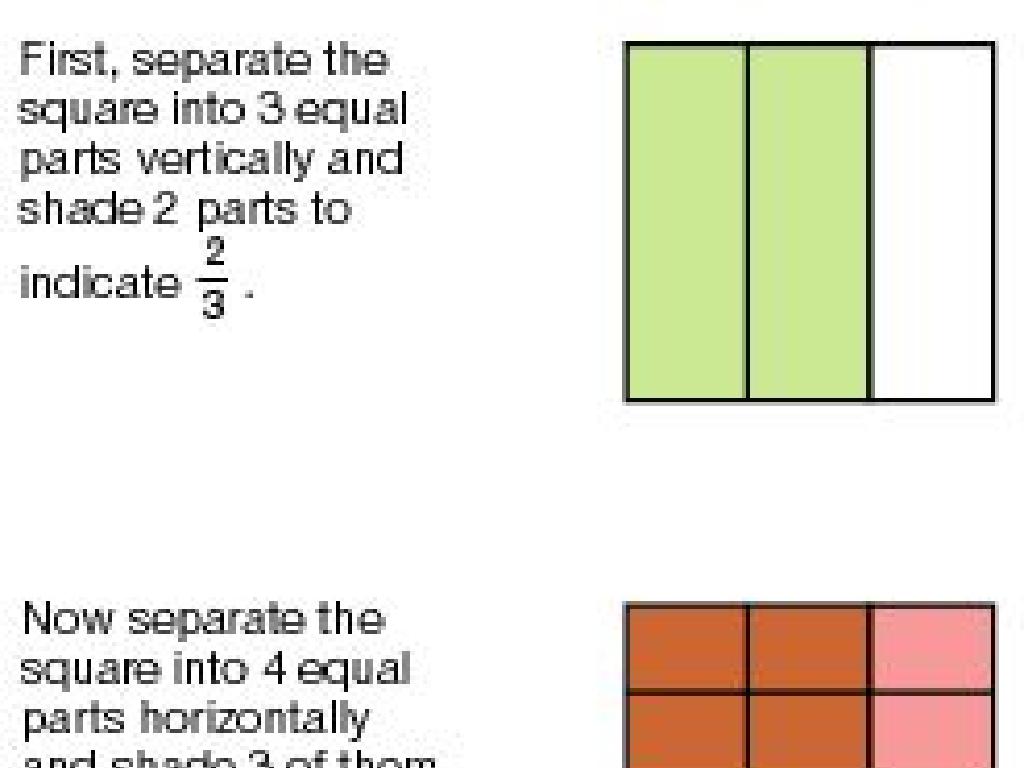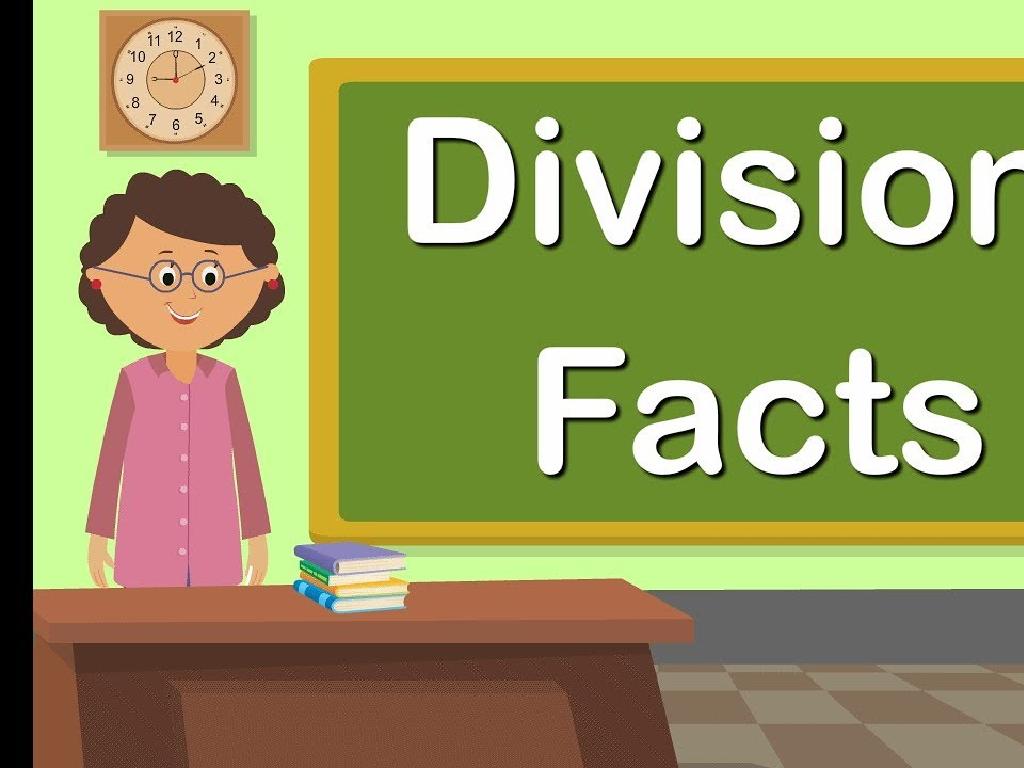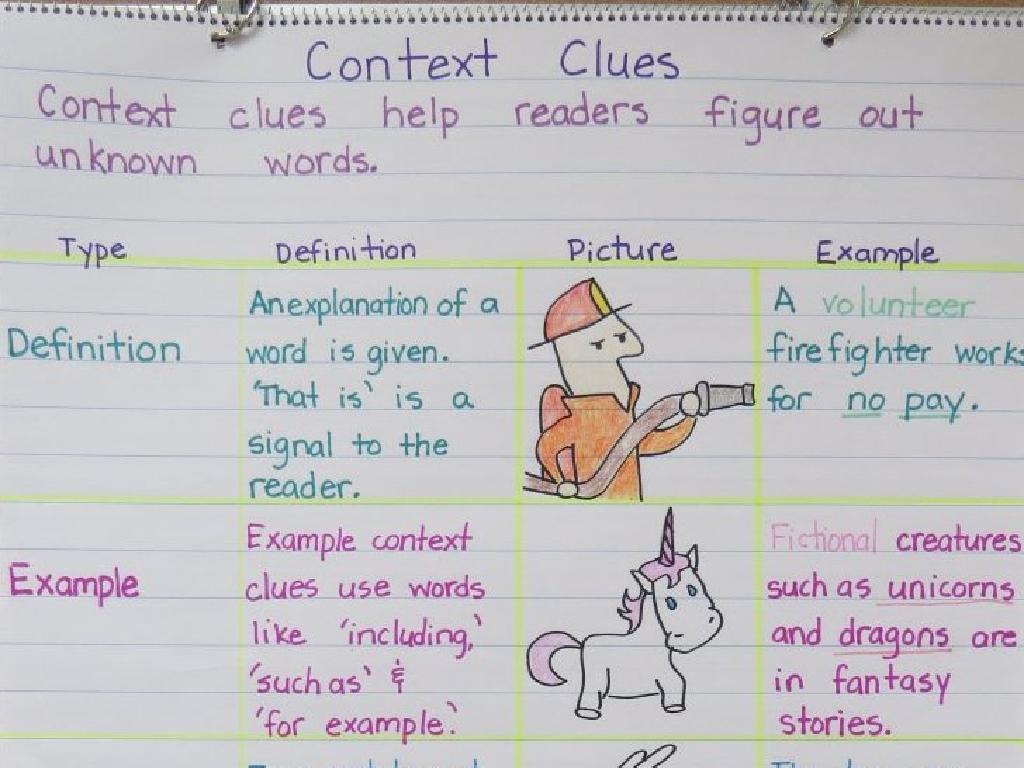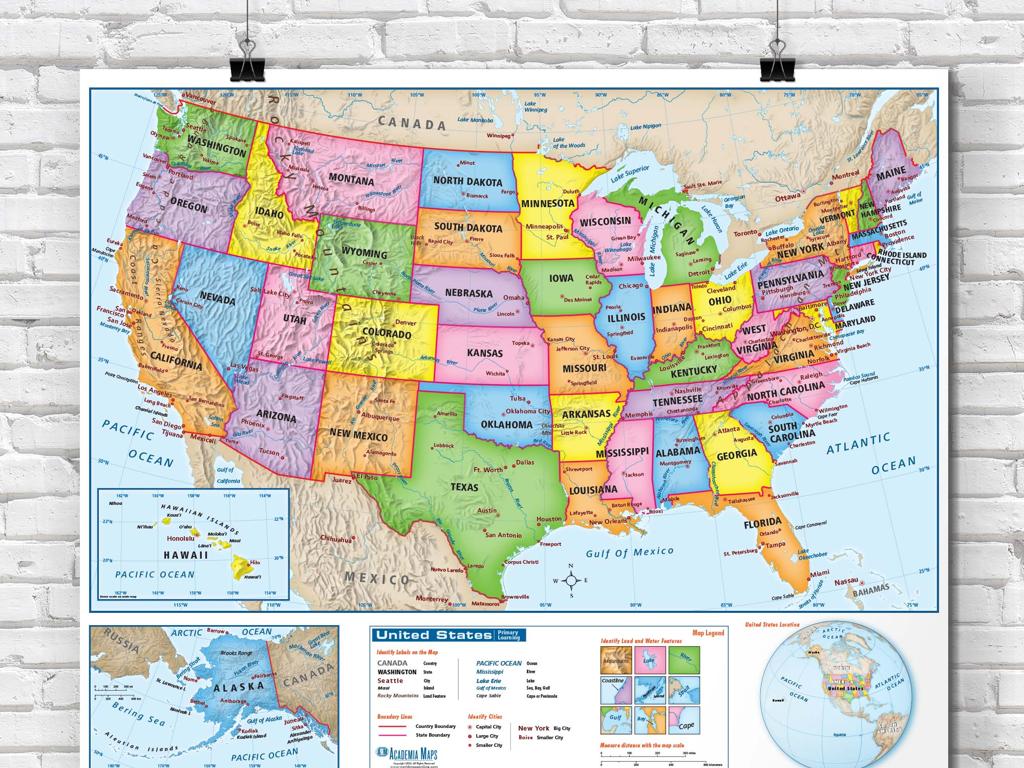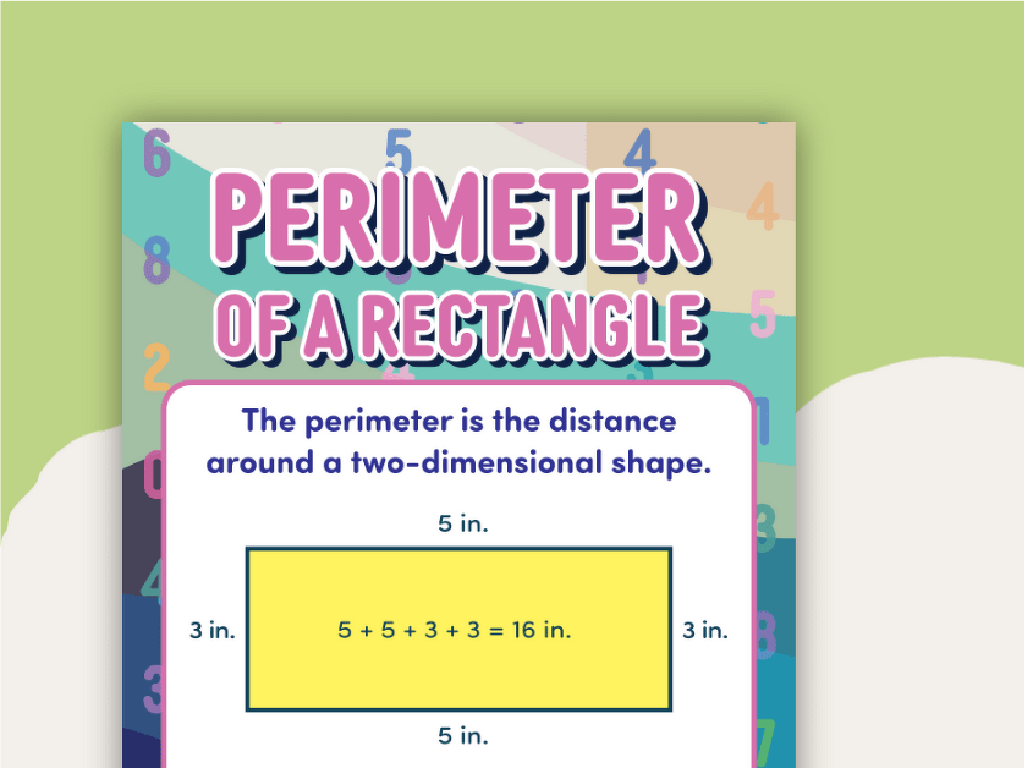Identify An Outlier
Subject: Math
Grade: Eighth grade
Topic: One-Variable Statistics
Please LOG IN to download the presentation. Access is available to registered users only.
View More Content
Identifying an Outlier in Statistics
– Grasp basic statistics concepts
– Learn to spot an outlier
– An outlier is a data point that differs significantly from other observations.
– Understand outlier impacts
– Outliers can skew data, affecting the mean and other statistical calculations.
– Discuss outlier significance
– Recognizing outliers helps in accurate data analysis and decision making.
|
This slide introduces students to the concept of outliers within the context of one-variable statistics. Begin with a brief review of basic statistical terms and concepts to ensure all students are on the same page. Then, focus on how to identify outliers by looking for data points that stand out from the rest of the data set. Discuss the importance of outliers in data analysis, such as their impact on mean, median, and mode, and why it’s crucial to identify them for accurate interpretation of data. Provide examples of outliers in real-life datasets and encourage students to think about why it might be important to identify these in various scenarios, such as quality control or scientific research.
Understanding Outliers in Statistics
– Define an outlier in data
– An outlier is a data point that is markedly different from others in a set.
– Characteristics of outliers
– Outliers can be much higher or lower than the surrounding data points.
– Real-life outlier examples
– Heights in a class, or ages at a grade school party.
– Impact of outliers on data
– Outliers can skew averages and affect data analysis.
|
This slide introduces the concept of outliers, which are data points that deviate significantly from other observations in a dataset. Outliers can occur due to variability in the measurement or may indicate experimental errors. They can also result from a heavy-tailed distribution. In real-life, outliers can be seen in scenarios such as an exceptionally tall student in a class or a much older person at a children’s event. It’s crucial for students to understand how outliers can influence the results of statistical analysis, such as by skewing the mean of the data. Encourage students to think critically about whether an outlier should be included in the data analysis or not, depending on the context.
Understanding Outliers in Data
– Outliers due to data entry errors
– Mistyping numbers or misrecording data points
– Outliers from measurement mistakes
– Inaccurate tools or user error during measurement
– Outliers caused by experimental errors
– Flaws in experimental design or execution
– Outliers from natural data variation
– Unusual but true values that stand apart
|
This slide aims to help students identify and understand the different causes of outliers in statistical data. Outliers can significantly affect the results of data analysis and it’s crucial for students to recognize why they occur. Data entry errors are simple mistakes such as typos. Measurement errors can happen if the instruments used are not calibrated correctly or if there’s human error in reading the measurements. Experimental errors may arise from a flawed experiment setup or unforeseen factors affecting the results. Natural variations are genuine deviations in data that are not errors but rare occurrences. Lastly, intentional outliers, although not included in the content due to space constraints, are important to discuss as they can be the result of deliberate manipulation for fraudulent purposes or test-taking mistakes. Encourage students to think critically about outliers and consider their impact on data interpretation.
Detecting Outliers in Data
– Graphical methods: Box & Scatter plots
– Box plots show data spread & potential outliers. Scatter plots visualize data points to spot outliers.
– Statistical methods: Z-scores & IQR
– Z-scores measure how far a point is from the mean. IQR identifies outliers by the data’s quartiles.
– Utilizing technology for detection
– Software can automate outlier detection, making it easier and more accurate.
– Understanding the impact of outliers
|
This slide introduces students to the concept of outliers and various methods to detect them. Graphical methods like box plots and scatter plots provide a visual representation, making it easier to spot data points that deviate significantly from others. Statistical methods involve calculations; for instance, a Z-score indicates how many standard deviations a data point is from the mean, while the interquartile range (IQR) helps determine if a data point is an outlier based on quartile values. Emphasize the importance of technology in simplifying these processes, using tools like spreadsheets or statistical software. Discuss how outliers can affect the interpretation of data sets and the importance of identifying them to ensure accurate analysis.
Impact of Outliers on Statistics
– Outliers’ effect on mean and median
– An outlier can drastically change the mean, but median is more resistant.
– Outliers influencing data interpretation
– Outliers can skew our understanding of data trends and patterns.
– Criteria for excluding outliers
– Exclude outliers if they are errors or not representative of the population.
– Case study: Outlier impact analysis
– Analyze how removing an outlier affects the summary statistics of a data set.
|
This slide aims to educate students on the significant impact outliers have on statistical measures and data interpretation. Outliers can dramatically alter the mean of a data set, making it an unreliable measure of central tendency, whereas the median remains relatively unaffected. Students should learn how outliers can mislead data analysis, potentially leading to incorrect conclusions. It’s crucial to discuss when it is appropriate to exclude outliers, such as when they result from measurement error or are not part of the population being studied. To reinforce learning, present a case study where students can observe the effect of an outlier on the mean, median, and overall interpretation of data. Encourage critical thinking by asking if the data set’s summary statistics are more accurate with or without the outlier.
Class Activity: Find the Outlier
– Analyze the provided data sets
– Identify potential outliers
– An outlier is a data point that is distinctly separate from the rest of the data.
– Discuss reasons for outliers in groups
– Consider how the outlier differs from other data points.
– Share findings with the class
|
This activity is designed to help students apply their knowledge of statistics to real data sets. Provide each group with a different set of data and instruct them to analyze the numbers to find any values that seem to deviate significantly from the rest. Students should discuss within their groups why they believe a certain point is an outlier, considering factors such as the range and distribution of the data. After the group work, facilitate a class discussion where each group can present their data set, the outlier they identified, and their reasoning. This will help students understand the concept of outliers and how they can affect the interpretation of data. Possible activities could include data from test scores, heights, daily temperatures, etc.
Conclusion & Homework: Outliers in Statistics
– Recap on identifying outliers
– Why outliers matter in stats
– Outliers can indicate errors or significant phenomena
– Homework: Find a news outlier
– Look for data in news articles or studies
– Explain the outlier’s significance
– Describe how the outlier affects the overall data
|
As we conclude today’s lesson on identifying outliers, remember that outliers are data points that differ significantly from others. They can reveal errors in data collection or genuinely unique cases that merit further investigation. For homework, students are tasked with finding an outlier in a news article or study. They should describe the outlier and explain its impact on the data set and the possible implications for the study’s conclusion. This exercise will help students apply their knowledge to real-world data and understand the importance of outliers in statistical analysis.

